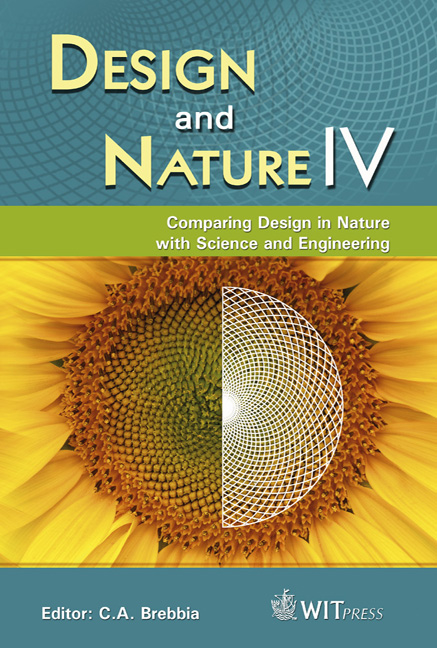The Molecular Mechanism Underlying The Liver Mass Optimization Rule
Price
Free (open access)
Transaction
Volume
114
Pages
10
Page Range
33 - 42
Published
2008
Size
300 kb
Paper DOI
10.2495/DN080041
Copyright
WIT Press
Author(s)
R. Utoh, C. Tateno & K. Yoshizato
Abstract
Liver metabolizes food materials and chemicals, and delivers nutrients to every tissue of the body and, thus, is essential to life. Nature designs the architecture of the liver in a way that the activity of liver correctly meets the need of the body, being not beyond and below it. Thus, the weight of liver (Wliver) has a correlation with that of body (Wbody). The ratio (RL/B) of Wliver to Wbody is relatively constant among adults of a given mammalian species, indicating the presence of a \“liver weight optimization rule (RuleLWO)”. Studies of RuleLWO have been undertaken as those to identify molecular signaling required for the termination of liver regeneration using partially hepatectomized rodents. Recently, we established a novel model for studying the rule, h-hep-mice bearing liver repopulated with human (h) hepatocytes. We compared the repopulation process of the xenogenic hepatocytes in h-hep-mice and r-hep-mice, the latter being the mice with rat (r) hepatocytes. r-Hepatocytes proliferated following RuleLWO. In contrast, RL/B of h-hep-mice increased during repopulation and 3 times exceeded the normal mouse RL/B at the end of repopulation. The results from h-hep-mice suggest that molecular signaling between hepatocytes and stellate cells plays a pivotal role under RuleLWO. The present study emphasizes the usefulness of h-hep-mice to examine the mechanism of RuleLWO and, thus, to design an artificial liver that best mimics the natural liver. Keywords: regeneration termination, organ size, allometry, termination of DNA synthesis, epithelio-mesenchymal interacting signals.
Keywords
regeneration termination, organ size, allometry, termination of DNA synthesis, epithelio-mesenchymal interacting signals.





